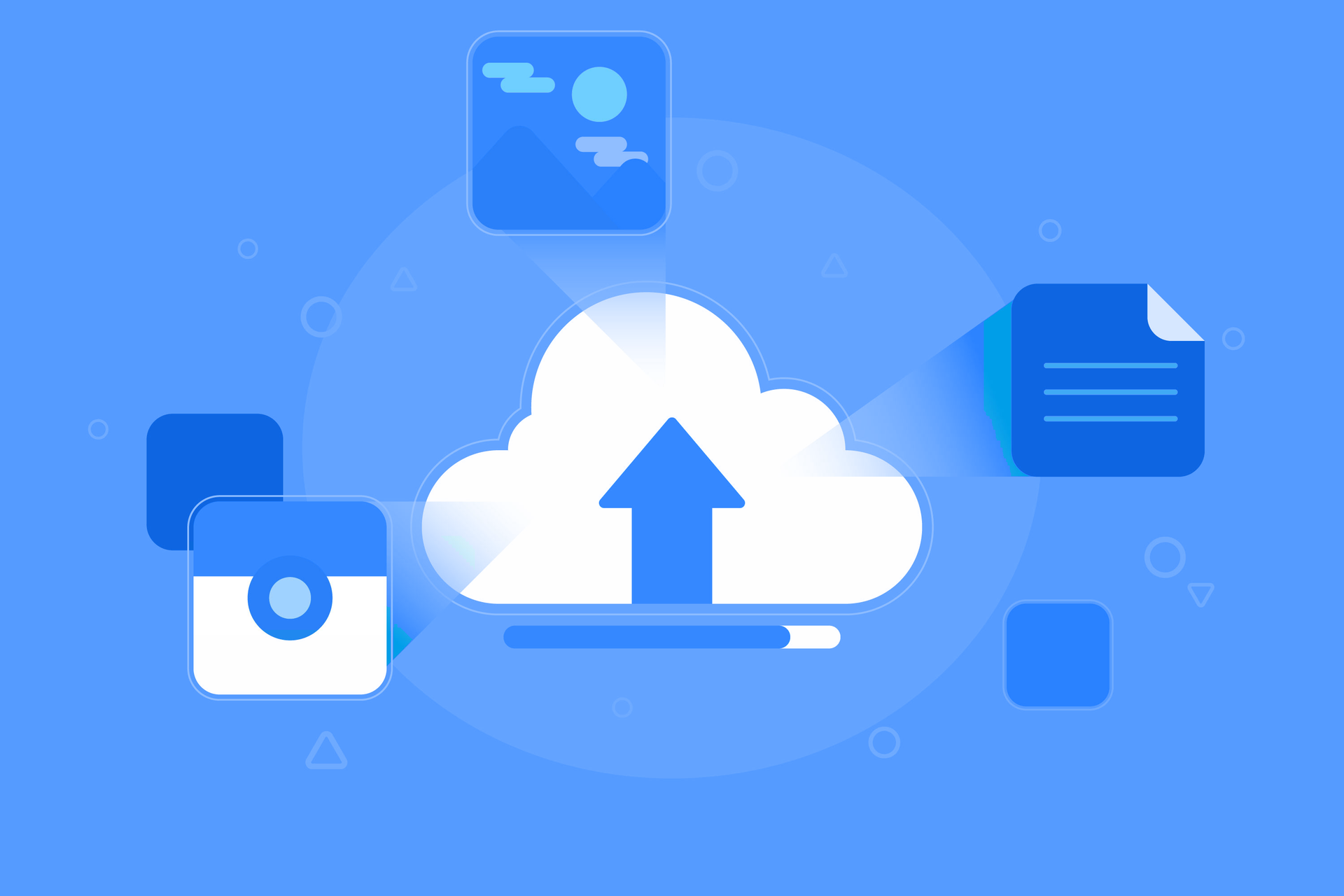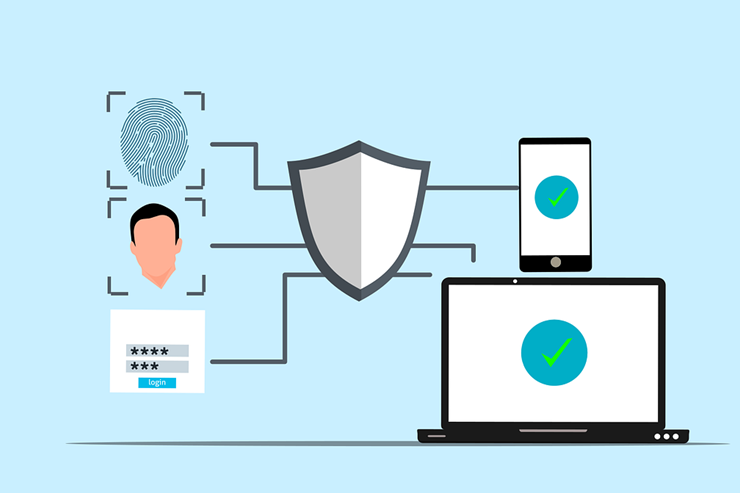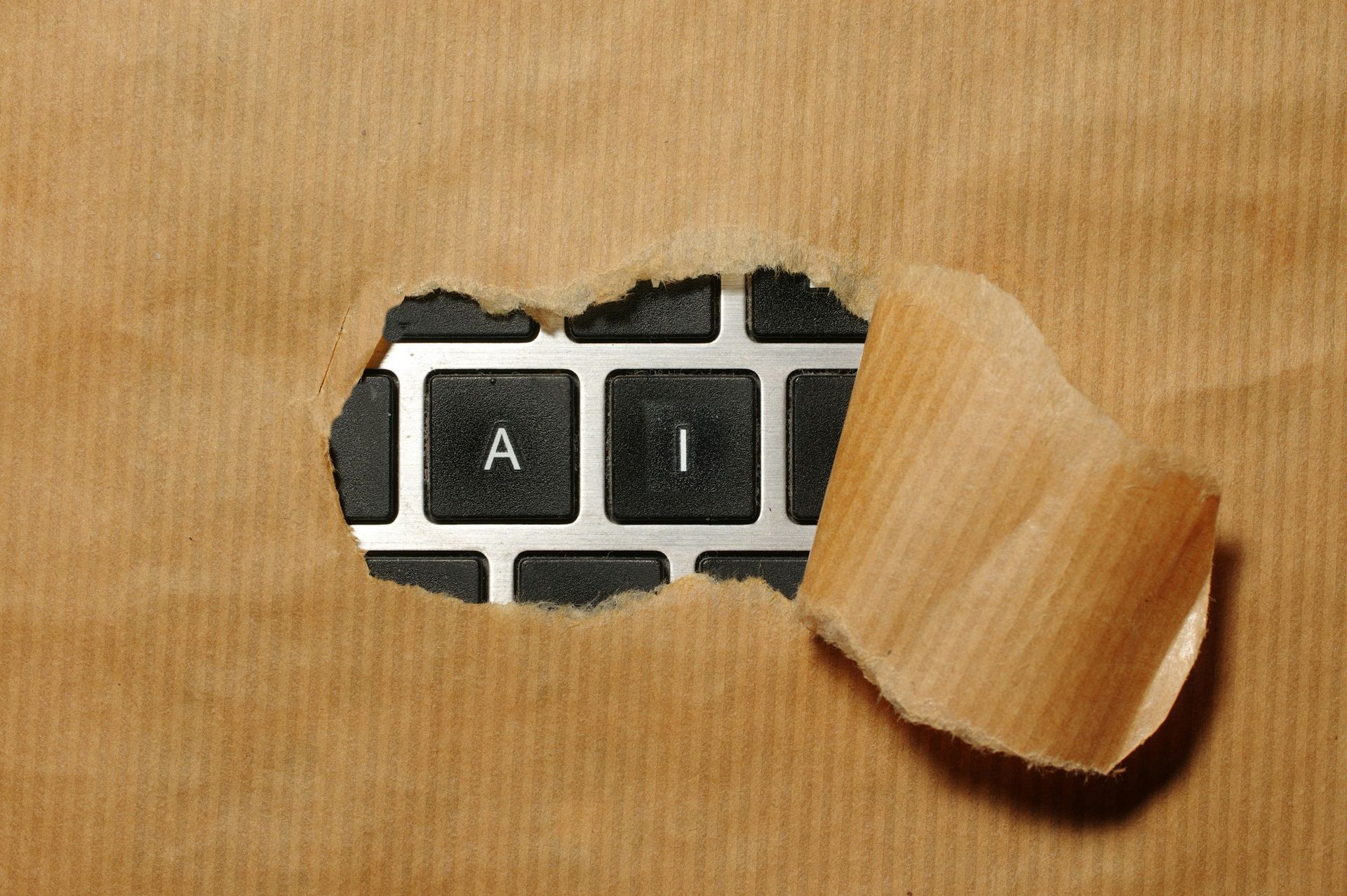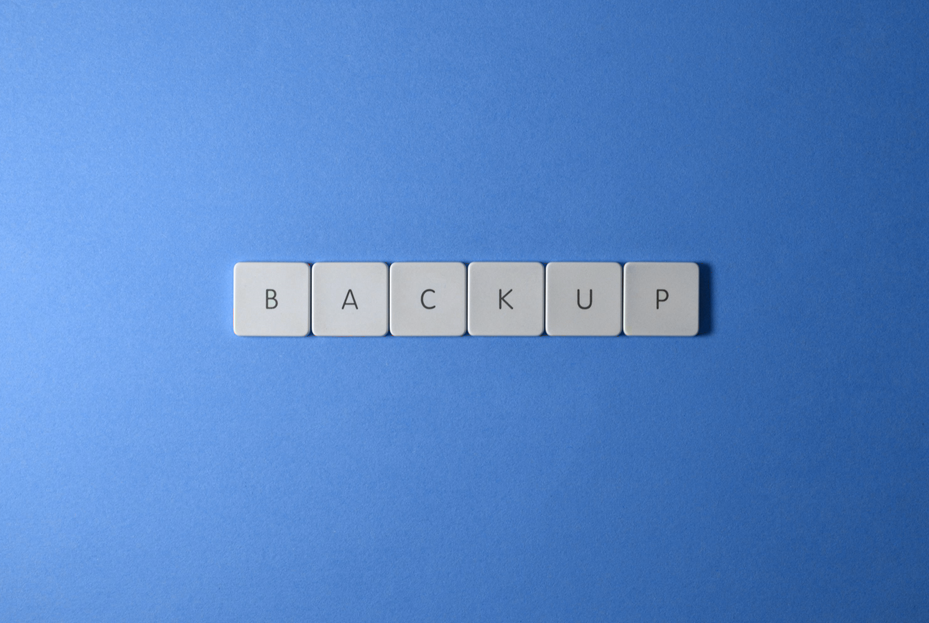What companies get wrong about business continuity
October 25, 2019

Every business owner knows that having a business continuity plan is crucial to the success of their organization. However, when the unexpected does happen, companies tend to overlook how well employees can stick to the plan. To make sure your plan doesn’t go up in flames, here are five critical mistakes you must avoid.
Mistake #1:
Failing to plan for employees
Companies that survive unexpected incidents are the ones that thought about their employees’ needs. Make sure you plan out everything from evacuation routes to emergency communication plans to make sure your employees have everything they need to survive the worst.
Discuss your strategy with your employees to let them know that you will be there to support them and their families in the event of a crisis. This way, your employees will have peace of mind knowing you and the company are there for them, and in turn, they will be there to support you.
Mistake #2:
Using only words, not actions
Once you’ve documented your business continuity plan, you need to think about the small stuff to ensure your plan is executable. This includes logistical considerations like medical aid and monetary support.
Walk the walk and ensure your medical providers have made arrangements in advance. Have an assistance program in place to make sure your employees have access to people who can give them support in the event of an incident. Staff will remember if you provided them with care and support, and will remember even more clearly if you didn’t.
Mistake #3: Not showing your employees how the plan will work
While many business owners worry about downtime, they overlook the fact that explaining the plan and its execution to employees is critical to minimizing lost productivity.
As part of your maintenance program, include your employees in the testing process. Execute a live test to show your employees how they’re supposed to respond during a crisis incident. Who are they supposed to contact during a natural disaster? What are they supposed to say to clients? Where will they work when the primary office is down? These are just a few questions you need to have answered by the end of the live test.
Mistake #4:
Forgetting to check on people after the incident
When an incident occurs, the first assessment most businesses make is to determine the impact it has on the company. But how do you execute that process without people? When disaster strikes, your employees will naturally want to be taking care of their families, not your business.
Ensure your crisis management team addresses people issues first. Where are they? What do I need to do for them? Are there any special employee needs you must address?
Mistake #5: Reacting rather than communicating
The most important thing to get right during a crisis is communication. It is imperative that your employees know you can provide them with the most up-to-date information.
Set up a toll-free hotline so your employees can call in for regular updates or create emergency channels where they can communicate with one another directly. With that, you provide consistent messaging, and you eliminate secondhand information and employee guesswork.
If your business continuity plan prioritizes your employees, you’ll have peace of mind knowing that your team is still standing strong even if the worst should happen.
Want to learn more about business continuity and how it can help your business? Contact us today to see how we can help.
Published with permission from TechAdvisory.org. Source.

A slow computer or a frozen screen are the worst things that can ruin your day. You've most likely dealt with outdated technology on multiple occasions if you manage a small business. It may seem cost-effective to extend the life of outdated equipment, but the long-term costs are frequently higher. Due to technological issues like sluggish PCs and antiquated laptops, small businesses lose about 98 hours annually, or 12 working days . This is why it's important to have an IT refresh plan. It helps you stay safe, prevents unplanned malfunctions, and keeps your team operating efficiently. Regardless of whether you outsource managed IT services or handle them in-house, a solid refresh strategy can save time, stress, and money down the line.

Does your small business ever feel like it has too much data? This is a fairly typical occurrence. The way small businesses function has changed as a result of the digital world. In addition to customer emails and backups, we now have an overwhelming amount of data to manage, including financial statements, contracts, logs, and employee records. According to a PR Newswire survey, 72% of company executives say they have stopped making decisions because the information is too overwhelming. All of this data can easily become disorganized if improperly handled. By implementing the appropriate data retention policy, effective IT solutions assist. A strong data retention policy keeps your company compliant, organized, and cost-effective. Here's what should be deleted, what should be kept, and why.

Selecting the best cloud storage solution can be similar to being faced with an endless buffet of options, each one claiming to be the best. A poor choice may result in lost revenue, compromised data, or even a snag in productivity. The stakes are extremely high for small business owners. Regardless of your level of experience, we will guide you through this thorough guide to help you choose a cloud storage solution that is specific to your company's needs.

Cyber threats are a daily reality for small businesses navigating an increasingly digital world; they are not merely an abstract concern. Financial and reputational harm can result from ransomware attacks, phishing scams, or unintentional data leaks. In order to reduce the risks, more businesses are using cyber insurance. Not every cyber insurance plan is made equally. Many business owners think their policy covers them, but they discover (too late) that it has significant gaps. We'll explain exactly what is and isn't covered in this blog post, along with how to pick the best cyber insurance plan for your company.

Have you ever questioned how susceptible your company is to online attacks? Nearly 43% of cyberattacks target small businesses , frequently taking advantage of lax security measures, according to recent reports. Multi-Factor Authentication (MFA) is one of the most underutilized yet powerful ways to safeguard your business. Even with your password, hackers will find it much more difficult to obtain access thanks to this additional security measure. The implementation of Multi-Factor Authentication for your small business is explained in this article. Knowing this will enable you to take an important step toward protecting your data and guaranteeing more robust defense against possible cyberattacks.

Managing a small business requires a lot of multitasking. These hats include operations management, customer service, and maintaining order. AI-powered automation is a solution that can reduce the workload. Small business owners can now automate tasks that were previously done by hand thanks to technological advancements that have made these tools more affordable and accessible than before. There's no need to hire a big staff or spend a fortune. AI can manage a large portion of your hectic workload, allowing you to concentrate on more crucial facets of your company. AI can act as your virtual assistant, increasing productivity and simplifying processes, whether you're a small team manager or a solopreneur. This blog post explores how you can automate everyday tasks and free up your time if you want to learn more about how AI can change your company. We'll demonstrate how to use reasonably priced AI tools to reduce repetitive tasks, save time, and increase business efficiency.

In today's digital world, cyber threats are smarter than ever. Weak passwords or old ways of proving who you are can cost people and businesses money, steal their data, or steal their identities. A strong password is the first thing that will keep hackers out, but it's not the only thing that will work. This guide goes over the basics of strong passwords, two-factor authentication, and the best ways to keep your accounts safe. We'll also talk about new ways to check things and things you should never do.

A sophisticated type of cyberattack known as "password spraying" uses weak passwords to acquire unauthorized access to numerous user accounts. This approach focuses on using a single password or a collection of passwords that are frequently used across multiple accounts. The goal is to circumvent standard security protocols, such as account lockouts. Password-heavy attacks are highly effective because they target people and their password management practices, which are the biggest weakness in cybersecurity. This ar ticle will describe how password spraying operates, address how it differs from other brute-force attacks, and go over how to detect and prevent it. We will also discuss how businesses can defend themselves against these threats and examine real-world examples.

What would happen if tomorrow your company lost all its data? Would your operations come to a complete stop, or would you be able to recover? Data, including communications, financial records, product files, and customer information—is the lifeblood of any small business. However, data security is frequently neglected. After a disaster, 25% of small businesses close within a year, and 40% never reopen , according to the Federal Emergency Management Agency (FEMA). That represents an incredible 65% failure rate because of inadequate preparation. The good news is here. An enterprise budget and a dedicated IT staff are not necessary for disaster data protection. You can create a backup and recovery plan that reduces downtime and provides you with peace of mind if you have the right approach, the appropriate tools, and a little forethought. In this blog post, we will discuss practical and easy-to-follow advice to help you protect your most valuable business asset: your data.

